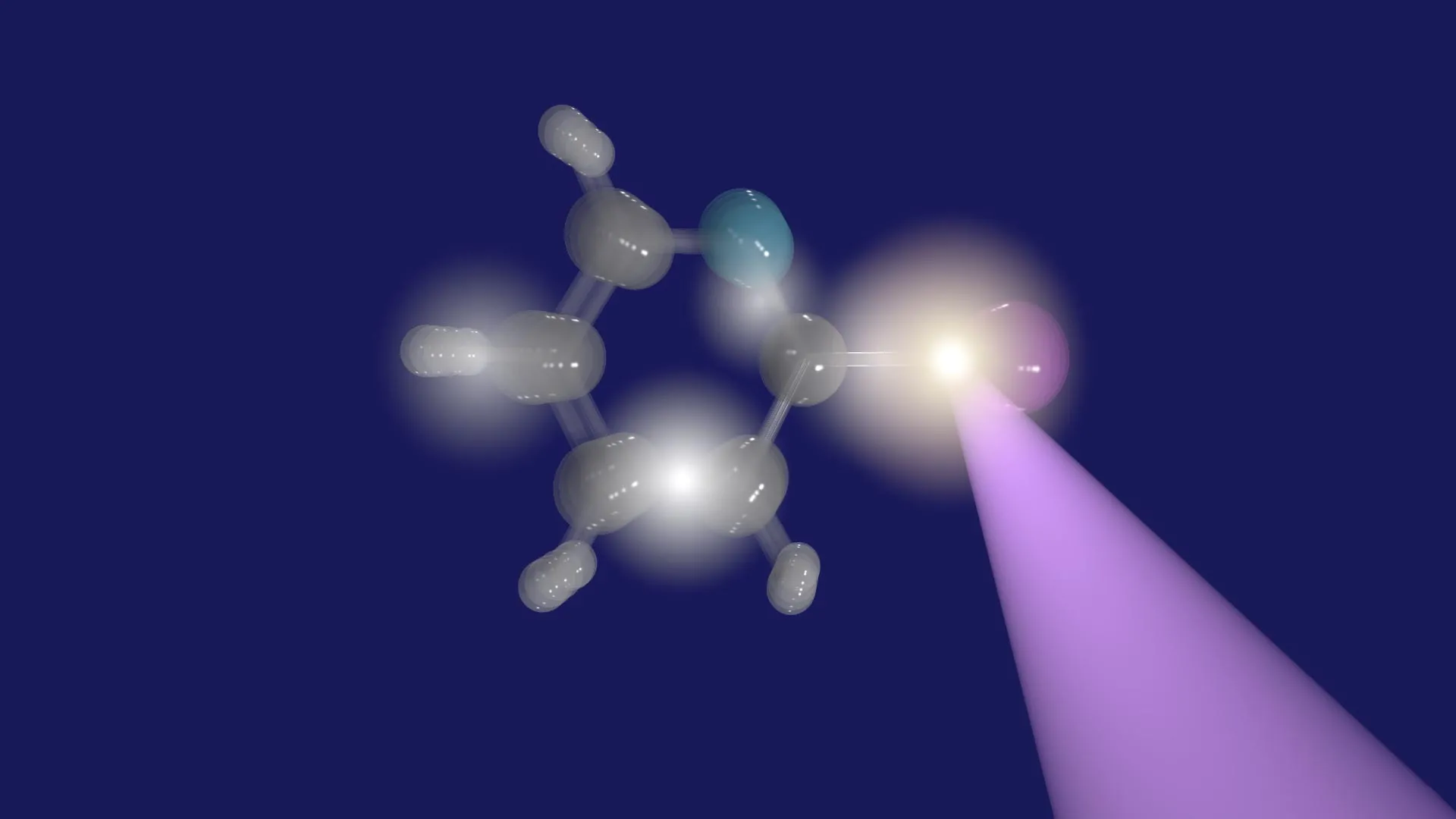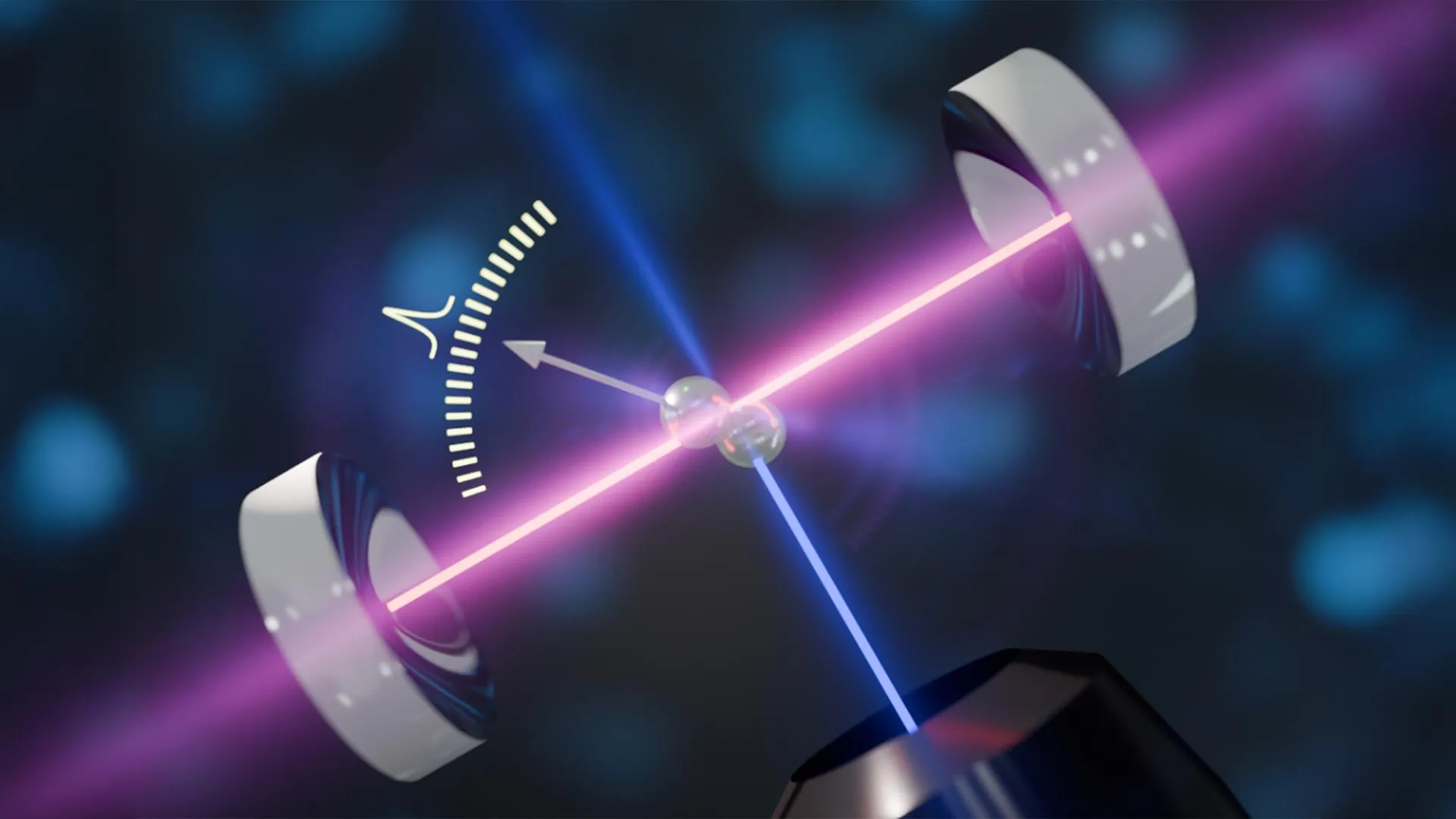PROTECT YOUR DNA WITH QUANTUM TECHNOLOGY
Orgo-Life the new way to the future Advertising by Adpathway
In a groundbreaking development poised to transform the field of photodetection, researchers have unveiled a novel methodology that harnesses electrical gain to significantly enhance circularly polarized light detection. This innovation leverages the unique properties of chiral plasmonic metamaterials, opening new frontiers in optical sensing technology that can have profound implications in communication, imaging, and quantum computing. The study, recently published in Light: Science & Applications, represents a pioneering step toward realizing highly sensitive, selective, and miniaturized photodetectors capable of deciphering the handedness of circularly polarized light with unprecedented efficiency.
Circularly polarized light (CPL) has long fascinated scientists due to its inherent chirality—the asymmetric spatial configuration that distinguishes left-handed from right-handed polarization states. The ability to detect and distinguish these states accurately is paramount in various emerging technologies, from advanced optical data storage to enantioselective chemistry and biological sensing. Yet, traditional photodetectors have faced significant challenges in detecting CPL effectively, primarily due to their limited sensitivity and the often bulky, complex system requirements imposed by existing polarization filtering mechanisms.
At the heart of this innovative detection scheme lies chiral plasmonic metamaterials, artificially engineered nanostructures that exhibit optical activity far surpassing that of natural materials. These metamaterials interact selectively with circular polarization states, enabling enhanced local electromagnetic fields that can be meticulously tuned to favor one handedness over another. By integrating such materials into a photodetection platform and supplementing them with finely controlled electrical gain mechanisms, the research team has successfully engineered a device that not only amplifies the photocurrent generated upon CPL absorption but also dramatically improves the discrimination capability between left-handed and right-handed circularly polarized photons.
.adsslot_nXAIpgG3Yd{ width:728px !important; height:90px !important; }
@media (max-width:1199px) { .adsslot_nXAIpgG3Yd{ width:468px !important; height:60px !important; } }
@media (max-width:767px) { .adsslot_nXAIpgG3Yd{ width:320px !important; height:50px !important; } }
ADVERTISEMENT
The principle of electrical-gain-assisted photodetection introduced in this work involves incorporating a gain medium that stimulates the amplification of photo-generated carriers, thereby increasing the electrical output signal without compromising the intrinsic selectivity imparted by the chiral metamaterials. This dual strategy resolves the conventional trade-off between sensitivity and selectivity in CPL detectors—achieving both simultaneously by synergistically combining nanophotonic engineering with semiconductor gain physics. Such an approach marks a critical advance in designing next-generation photodetectors and sensors that can operate efficiently under low-light conditions or within integrated photonic circuits.
Fabrication of the chiral plasmonic metamaterials used in the reported research exploits cutting-edge nanolithography and self-assembly techniques, enabling precise control over geometrical parameters critical to achieving strong chiroptical responses. The investigators meticulously designed a three-dimensional helical nanoarchitecture composed of noble metals such as gold, whose plasmonic resonances are wavelength-tunable and exhibit intense electromagnetic field confinement. This nanoscale control ensures that the metamaterial’s optical properties are perfectly matched to the spectral window of interest, optimizing the interaction with the incident CPL and maximizing the resultant photocurrent modulation.
Through systematic experimental characterization, the researchers demonstrated that their electrical-gain-assisted device exhibits exceptionally high circular polarization extinction ratios and responsivities, metrics that quantify the device’s ability to distinguish handedness and its photodetection efficiency, respectively. Remarkably, the detector outperforms previous CPL detection schemes, registering an enhancement in responsivity that is multiple times greater without incurring additional noise penalties. Such performance gains are attributed to the effective amplification of the photocurrent via the electrical gain mechanism, which also stabilizes the device operation against external perturbations like temperature fluctuations or background illumination.
The implications of this technology extend far beyond fundamental photodetection improvements. In optical communication systems, the ability to discern circular polarization states rapidly and accurately can enable new multiplexing schemes that significantly increase channel capacity without expanding bandwidth. Moreover, the compactness and integrability of chiral plasmonic metamaterial-based detectors suggest promising pathways for embedding these devices within photonic integrated circuits, leading to miniaturized, chip-scale circular polarization sensors suitable for next-generation optical platforms.
In the realm of biochemical and pharmaceutical industries, chiral photodetection bears immense significance due to the fundamental role chirality plays in molecular recognition and interactions. Sensors based on this newly developed architecture could be employed for real-time, label-free detection of biomolecules exhibiting circular dichroism, thereby revolutionizing enantiomeric purity assessment and disease diagnostics through non-invasive optical interrogation. The high sensitivity and selectivity offered by the electrical-gain-assisted detection paradigm promise to push the limits of optical biosensing to new heights.
Beyond practical applications, the research offers vital insights into the interplay between plasmonic nanostructures and semiconductor physics. By elucidating how electrical gain can be harnessed to amplify plasmonically generated photocurrents without compromising polarization selectivity, this work bridges a critical gap in understanding multifunctional photonic devices. It also lays the groundwork for designing future hybrid systems that utilize electrical, optical, and quantum phenomena in unison for tailored light-matter interactions, fostering innovation at the intersection of materials science, nanotechnology, and optoelectronics.
The team deployed extensive theoretical modeling alongside experimental validation, employing advanced computational electromagnetics to simulate the optical responses of the metamaterials and to optimize device architectures. These simulations guided the tuning of geometrical and material parameters, ensuring maximal chirality-induced electromagnetic enhancement within the active detection region. Concurrently, electrical transport models captured the dynamics of carrier generation, recombination, and gain processes, providing a comprehensive framework to interpret the observed improvements in photodetector performance.
This multidisciplinary approach highlights the importance of integrating design principles from plasmonics, semiconductor physics, and materials engineering to realize complex functionalities in photonic devices. By demonstrating the practical feasibility of electrical-gain-assisted circularly polarized photodetectors operable at room temperature, the research team advances the field toward viable commercial applications. The scalability of the fabrication process and the compatibility with existing semiconductor technologies further bolster the potential for widespread adoption.
Future research directions suggested by this study include exploring alternative gain media capable of providing tunable amplification bandwidths, incorporating active materials such as quantum dots or two-dimensional semiconductors. Additionally, expanding the operational wavelength range into the near-infrared and ultraviolet regimes could unlock new applications in telecommunications and spectroscopy. Integration with on-chip optical components, including waveguides and modulators, would enable the creation of compact, multifunctional photonic circuits harnessing circular polarization information for advanced signal processing.
This research fundamentally reshapes our approach to detecting circularly polarized light by moving beyond passive sensing mechanisms and introducing active electrical gain-assisted designs intricately coupled with chiral metamaterial architectures. The resulting breakthroughs not only set a new performance benchmark for CPL detection but also inspire a new class of optoelectronic devices where electrical and plasmonic phenomena coalesce to deliver extraordinary functionalities. As industries increasingly demand rapid, accurate polarization measurements in ever-smaller footprints, this innovation presents a pivotal solution positioned to accelerate the evolution of photonics and beyond.
In conclusion, the electrical-gain-assisted circularly polarized photodetector based on chiral plasmonic metamaterials stands as a monumental achievement bridging fundamental science and technological application. It exemplifies how deliberate nanostructure engineering combined with electrical amplification can overcome longstanding challenges in chiral light detection, yielding robust, efficient, and highly selective devices. Anticipated to catalyze advances across numerous sectors—from data communication to bioanalytics—this innovation shines as a beacon illustrating the immense promise of convergent photonic technologies in the 21st century.
Subject of Research: Electrical-gain-assisted circularly polarized photodetection using chiral plasmonic metamaterials
Article Title: Electrical-gain-assisted circularly polarized photodetection based on chiral plasmonic metamaterials
Article References:
Chen, C., Yang, Z., Hang, T. et al. Electrical-gain-assisted circularly polarized photodetection based on chiral plasmonic metamaterials. Light Sci Appl 14, 265 (2025). https://doi.org/10.1038/s41377-025-01932-9
Image Credits: AI Generated
DOI: https://doi.org/10.1038/s41377-025-01932-9
Tags: advanced imaging techniqueschiral plasmonic metamaterialschirality in material sciencecircularly polarized light detectionelectrically enhanced photodetectionenantioselective chemistry applicationshighly sensitive photodetectorsminiaturized photodetectorsoptical data storage innovationsoptical sensing technologypolarization state differentiationquantum computing advancements


 12 hours ago
7
12 hours ago
7





















 English (US) ·
English (US) ·  French (CA) ·
French (CA) ·